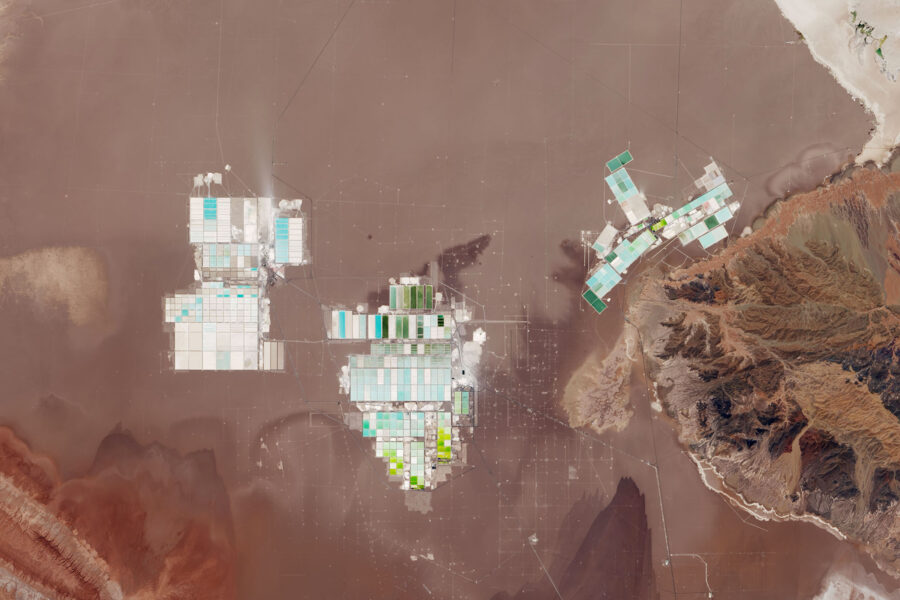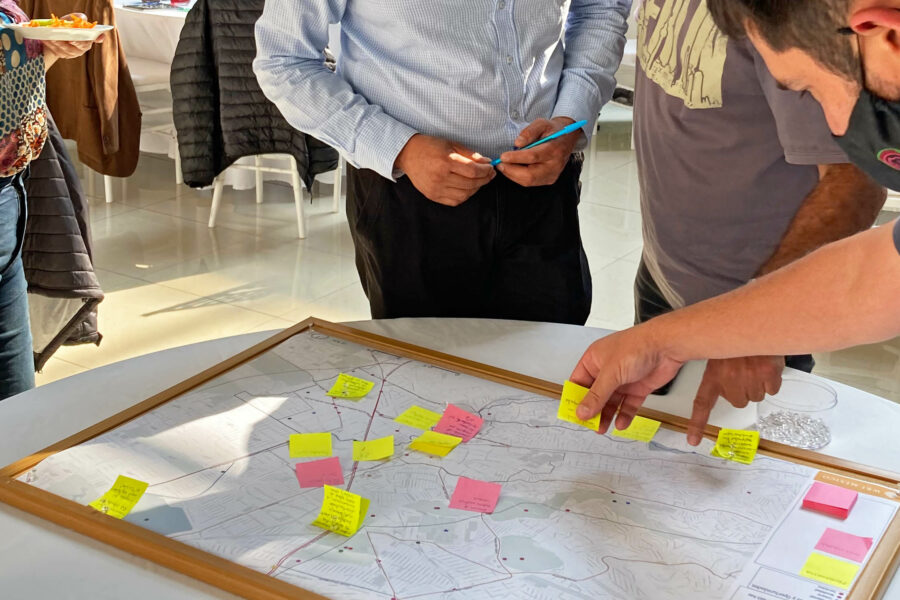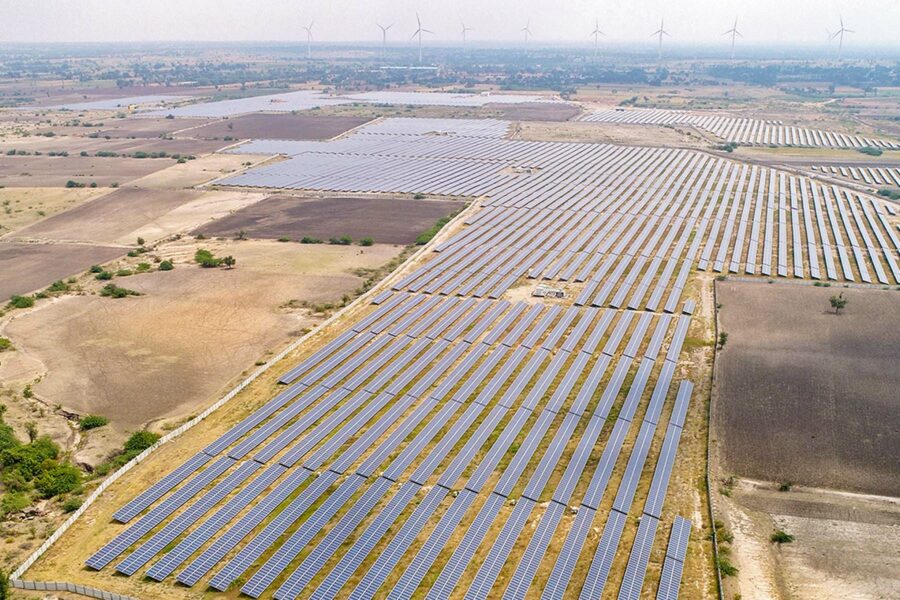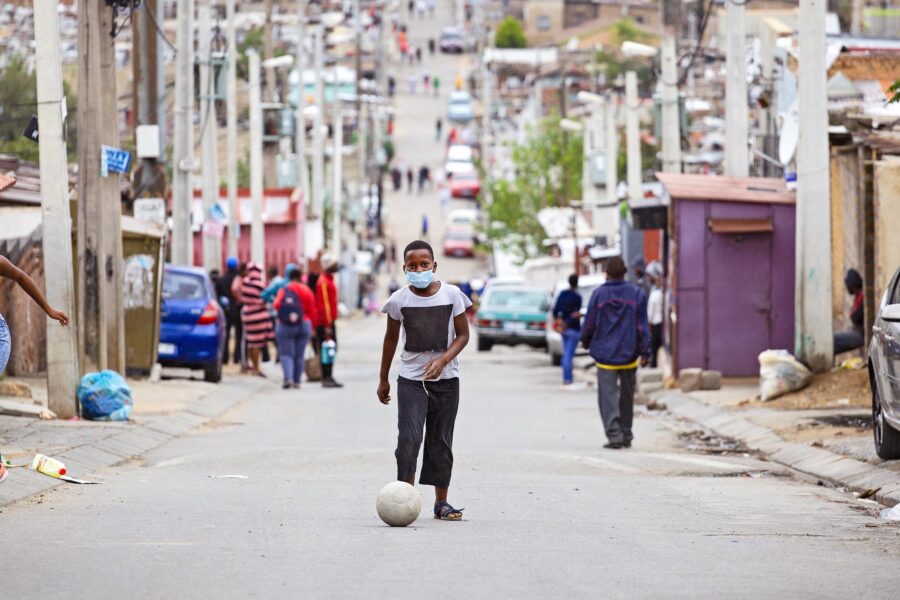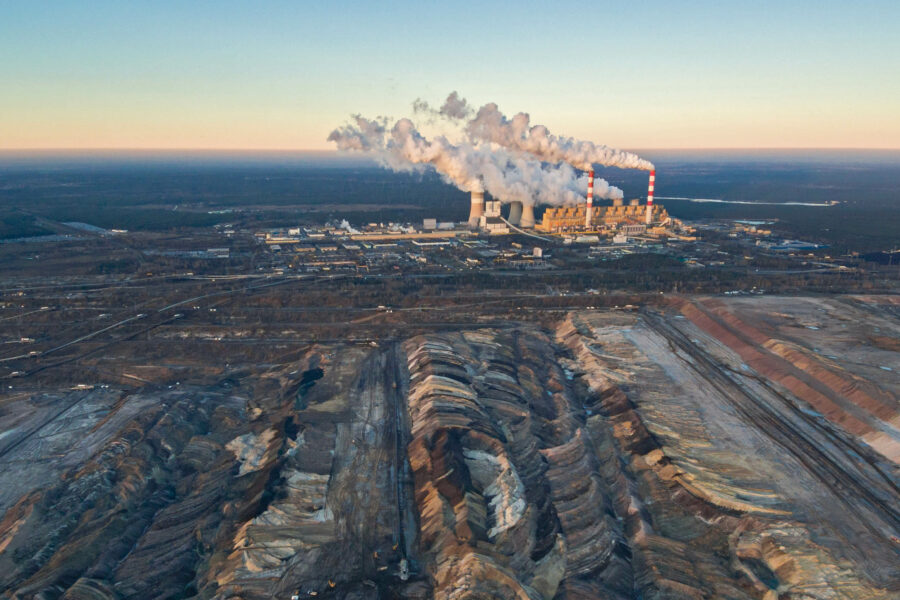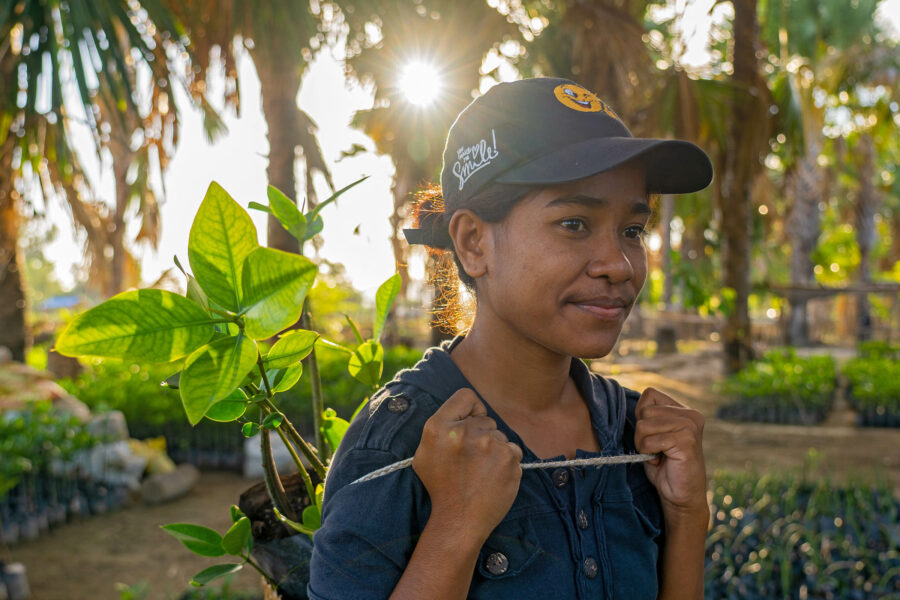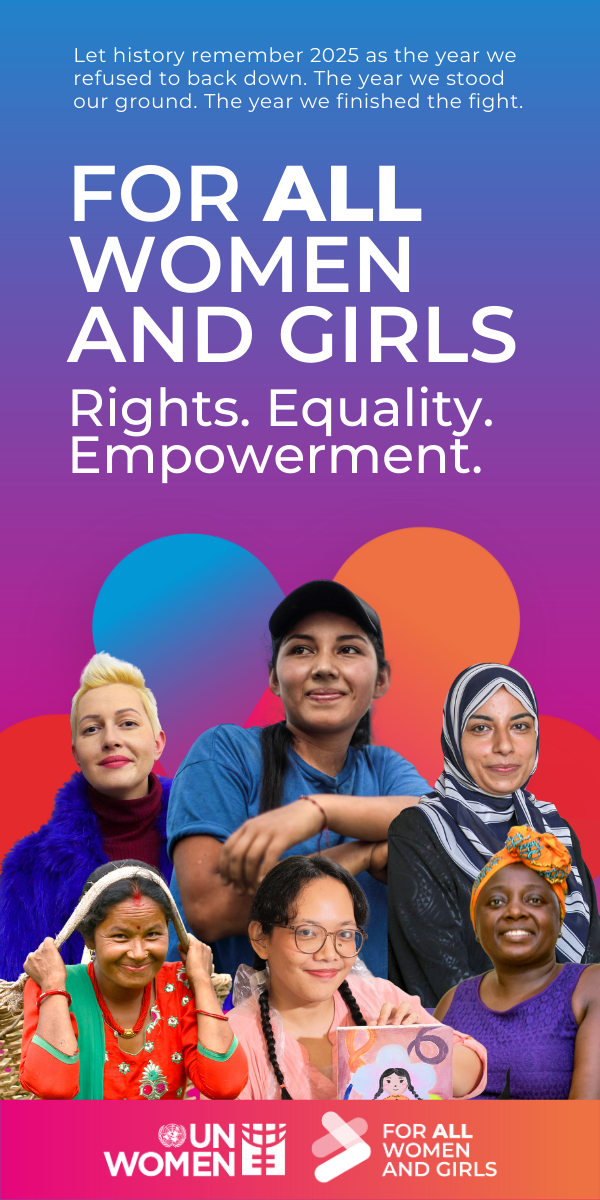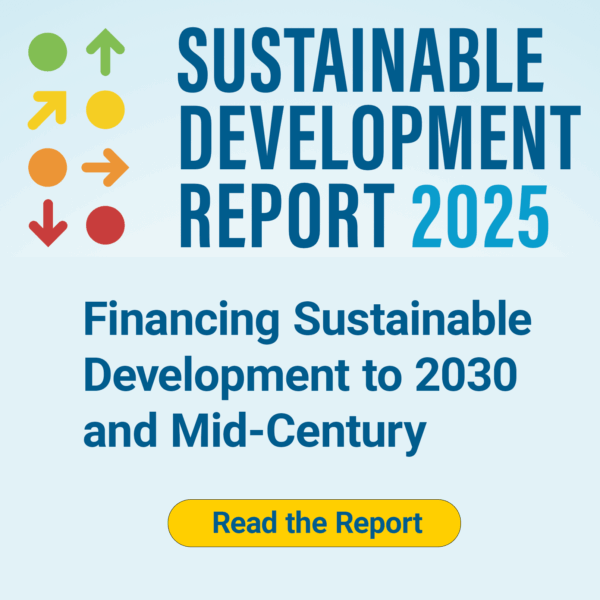Bridging the SDG funding gap in cities
Climate — Global
The global development finance system is failing cities, yet it is in urban centers where much of the work on climate action and sustainable development must happen. Bold, urgent, and practical solutions – including new, city-focused funds or institutions, MDB reform, and other global, national, and local reforms – could expand and improve urban SDG finance


